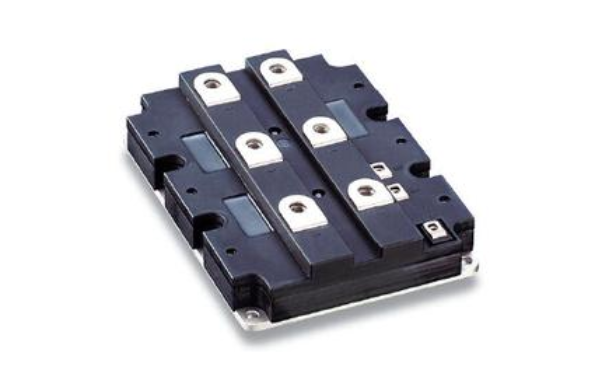Analyzing the causes and solutions of IGBT short-circuit oscillation phenomenon
Date:2024-03-11 15:50:42 Views:2973
IGBT, also known as insulated gate bipolar transistor, is a power semiconductor device widely used in fields such as motor drive, power conversion, and energy management. The structure of IGBT includes P+collector, N-drift region, P-base region, and N+emitter. When a positive voltage is applied between the gate and emitter, the IGBT conducts, allowing current to flow from the collector to the emitter.

In a short circuit event, the voltage between the collector and emitter of the IGBT suddenly decreases, causing a change in the internal electric field distribution of the device. When a short circuit occurs in an IGBT, the collector current rapidly increases, while the voltage between the collector and emitter rapidly decreases. This rapid change in current and voltage will generate strong electromagnetic fields inside the device. This strong electromagnetic field interacts with the structure of IGBT, which may cause the current to oscillate repeatedly between different areas inside the device, resulting in short-circuit oscillation phenomenon.
The parasitic parameters of IGBT, such as inductance, capacitance, and resistance, play a crucial role in short circuit events. These parasitic parameters may interact with the electrical characteristics of the device, leading to oscillations in current and voltage. For example, parasitic inductance may cause a sudden change in current during a short circuit event, leading to oscillation. IGBT undergoes rapid current and voltage changes during short-circuit oscillation, which generates a large amount of heat. These heat sources may cause a rapid increase in temperature inside the device, which in turn affects the electrical characteristics of the device and exacerbates oscillation phenomena.
Parasitic inductance, especially collector inductance, has a direct impact on the rate of change (di/dt) of short-circuit current. In a short circuit event, the collector current rapidly increases, and due to the presence of inductance, this rate of change generates a reverse electromotive force (EMF). This EMF, when combined with the power supply voltage, may cause the current to oscillate repeatedly between different areas inside the device. Parasitic capacitance, such as the capacitance between the collector and emitter, can also affect short-circuit oscillation. In a short circuit event, rapid changes in voltage can cause the accumulation and release of charges on these capacitors, further affecting the variation of current and exacerbating oscillation phenomena.
Parasitic resistance, although having a small impact on the frequency and amplitude of oscillation, can lead to energy loss and device temperature rise, which may alter the electrical characteristics of IGBTs and indirectly affect short-circuit oscillation. To reduce the impact of parasitic parameters on short-circuit oscillation, some measures can be taken, such as optimizing device design and reducing the values of parasitic inductance and capacitance; Improve the driving circuit to reduce the rapid rate of current change; Add protective circuits to quickly cut off the current in the event of a short circuit, preventing the continuation of oscillations.




 Weixin Service
Weixin Service

 DouYin
DouYin
 KuaiShou
KuaiShou





















